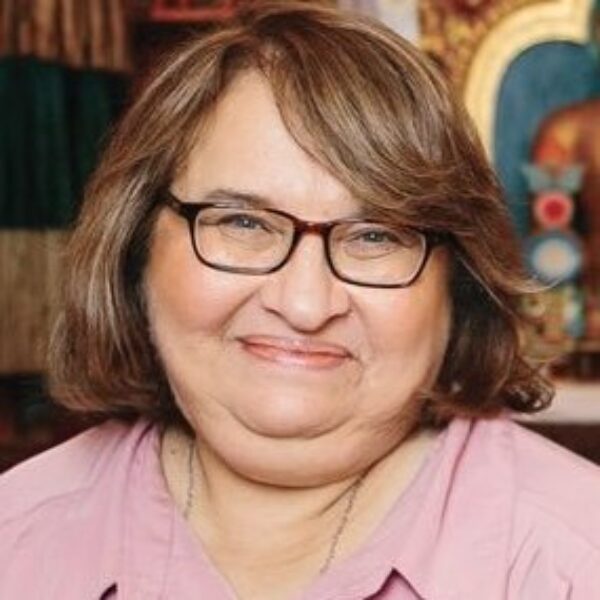The Path from Bright Faith to Verified Faith
The word we tend to translate as faith, from Pali, the language of the original Buddhist texts, is saddha. Its literal meaning is “to place the heart upon,” to offer one’s heart.
The first precondition of saddha is knowing with confidence that we have a heart. The second is realizing that offering it is not something to be taken lightly; it is a big deal. Actually, both the confidence and the offering are big deals.
In Buddhism, faith isn’t seen as a commodity we can stockpile, or something we need to have enough of, or the right kind of or we’ll be condemned. Rather, it is a process that unfolds as self-respect deepens, our insistence on knowing the truth for ourselves strengthens, and our willingness to question and wonder leads us on.
The first, dazzling stage of faith is called bright faith. It is likened to sitting in a darkened room with the door closed, shut in and oppressed. Then for one reason or another, that door swings open. We may not see what is outside, but we know there is an outside. That means there is light, there is possibility, it’s a far bigger world than what we might have gotten accustomed to.
There are a number of things that push that door to swing open: friendship, love, inspiration, intense pain. It might be art or music or an amazing place or a teacher.
The feeling in that stage of faith is so extraordinary it is likened to falling in love — it’s a place of a lot of wonder and glorious expansiveness, a big “wow” kind of place.
As important and wonderful a launch this is for a journey of faith, it’ still just a beginning.
For one thing, we might get really fickle: if the opening of the door shutting us in is provoked by meeting a teacher, we might fall in love with one teacher one day, and the next day meet someone else that prompts us to think “Well, forget that other one; I’m following this one now.” We don’t realize they have awakened something already in us — it’s about us, not them.
Our sense of what is true is not firmly grounded in our own experience, but seems to belong to someone or something else that provides it for us when they wish to. The biggest danger is because of just that: in our fear of separating from what seems the source of our extraordinary feeling, we might become afraid to ask questions, to wonder, to give voice to uneasiness. We don’t want to endanger our new amazing happiness, so we become more and more dependent on who we think owns it, and their willingness to provide it to us, sometimes.
Here is a place the Buddha’s vision is breathtaking:
”Do not believe anything just because I said it, because a great elder has said it, because you’ve read it in a sacred text. Put it into practice – see for yourself what is true.”
In other words, you are capable of seeing and knowing for yourself.
If you are going to put something into practice, that means questioning and wondering, examining what you’ve been told, investigating and seeing for yourself what is true. When our sense of truth is grounded in our own experience, not relying on the words of another or proximity to another, bright faith has moved into verified faith.
Because of the central role of insisting on seeing the truth for ourselves, for those of us who have a different kind of conditioning it can sound very strange, but the path from bright faith to verified faith is a path of doubt. It’s a path of investigating and examining, not holding back. That kind of wholehearted engagement, accompanied by honest questioning, is what leads to freedom. We don’t just exult because the door has swung open — we walk through it.


Share your reflection